Last updated on 2025-01-12
Review of Focusing Screen for LEICA S
Table of contents
- LEICA S Focusing screen Lineup
- Review
- Obtaining a LEICA S Forcing screen
- Short story on Forcing screen
- Related link
- Update history
- Affiliate link
LEICA S Focusing screen Lineup
- Universal Screen: 16000
- Microprismatic screen: 16001
- Grid screen: 16002
Review
The 16002 in the second photo below is a grid screen. It has a grid pattern on the screen, which makes it easier to compose with wide-angle lenses, so I often use this screen when I use the Leica S typ007 on a regular basis.
Even when using the Summicron S 100mm, which is difficult to focus on, this screen is sufficient to see the focus peak, unless you want to use manual focus to get a precise focus.
The 16001 in the third and fourth photos below is a microprism screen, with a microprism in the center, which creates a double image similar to that of a rangefinder camera.
The point where these images meet is the focal point, so this screen prioritizes focusing. The third photo shows the focused state, but if the focus point is not reached, it will look like photo 4.
I purchased this to use with the Leica SUMMICRON S 100mm and the Hasselblad HC 100mm. It is inevitable that there will be more Japanese flag compositions because the focus is in the center.
If you shift the focus after setting it, the focus will be off unless you correct the front and rear positions by the amount of the shift.
Although there is no photo, 16000 is a common screen called a universal screen, and it comes standard with the LEICA S series.
When I was using the Leica S2 and S-E, I was busy checking the roughness of the sensor surface, so I didn’t have time to get around to replacing the screen. I shot with the standard universal screen, which is a plain, flat screen that doesn’t make focusing particularly difficult, but it’s a very ordinary screen.
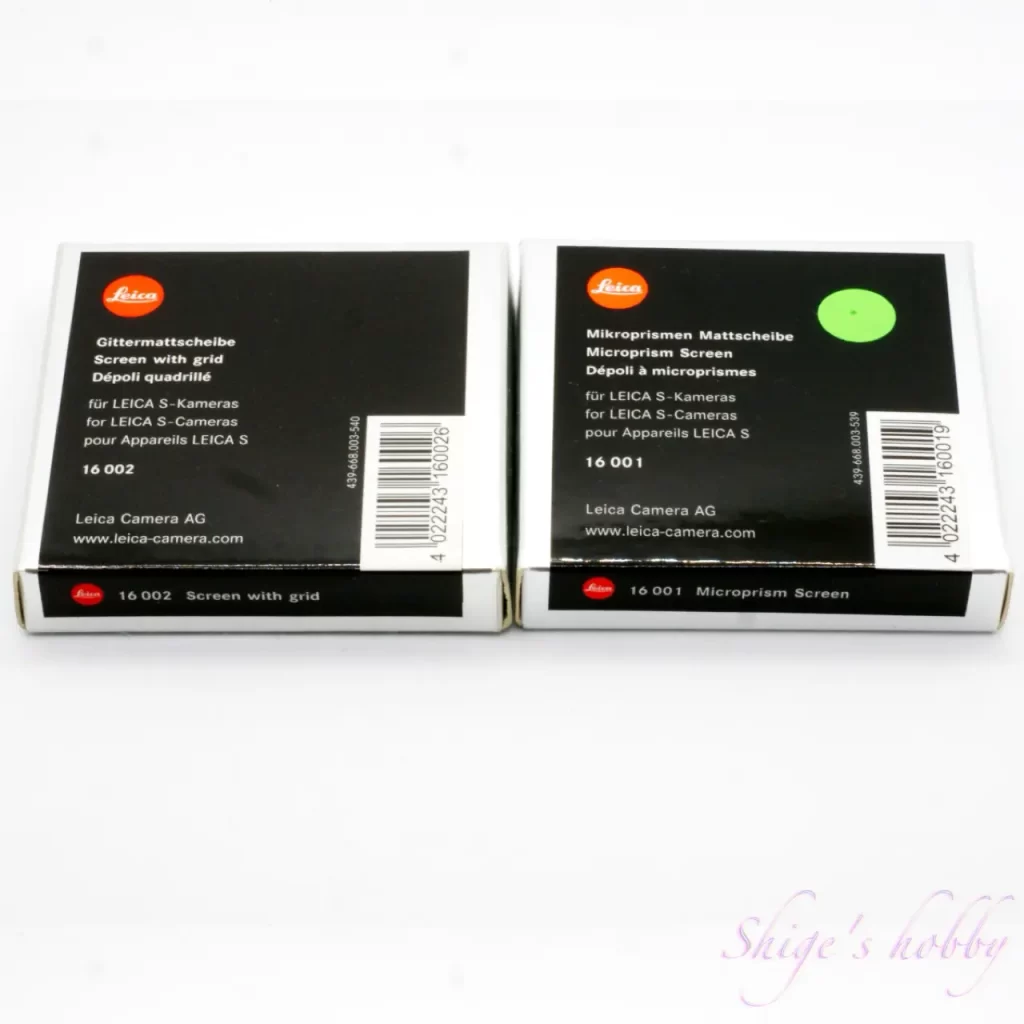
Focusing screen box
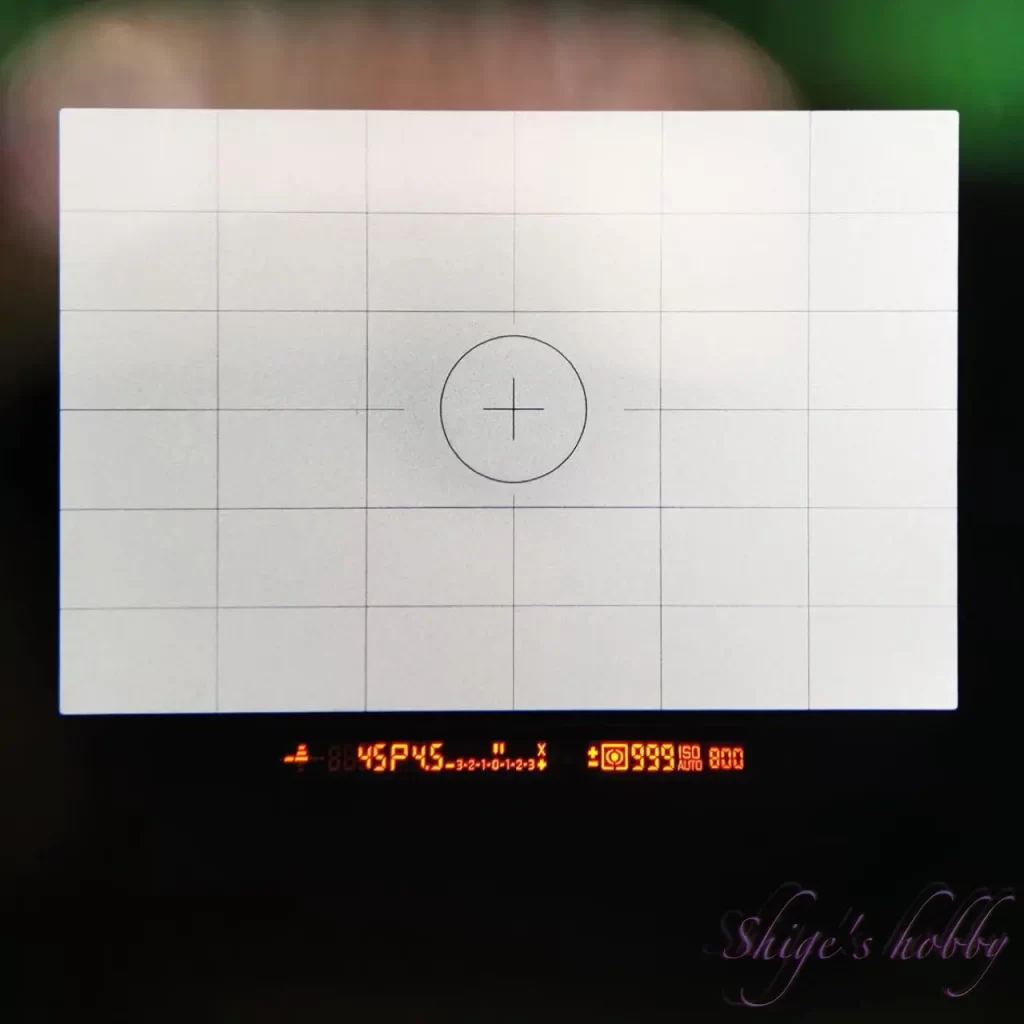
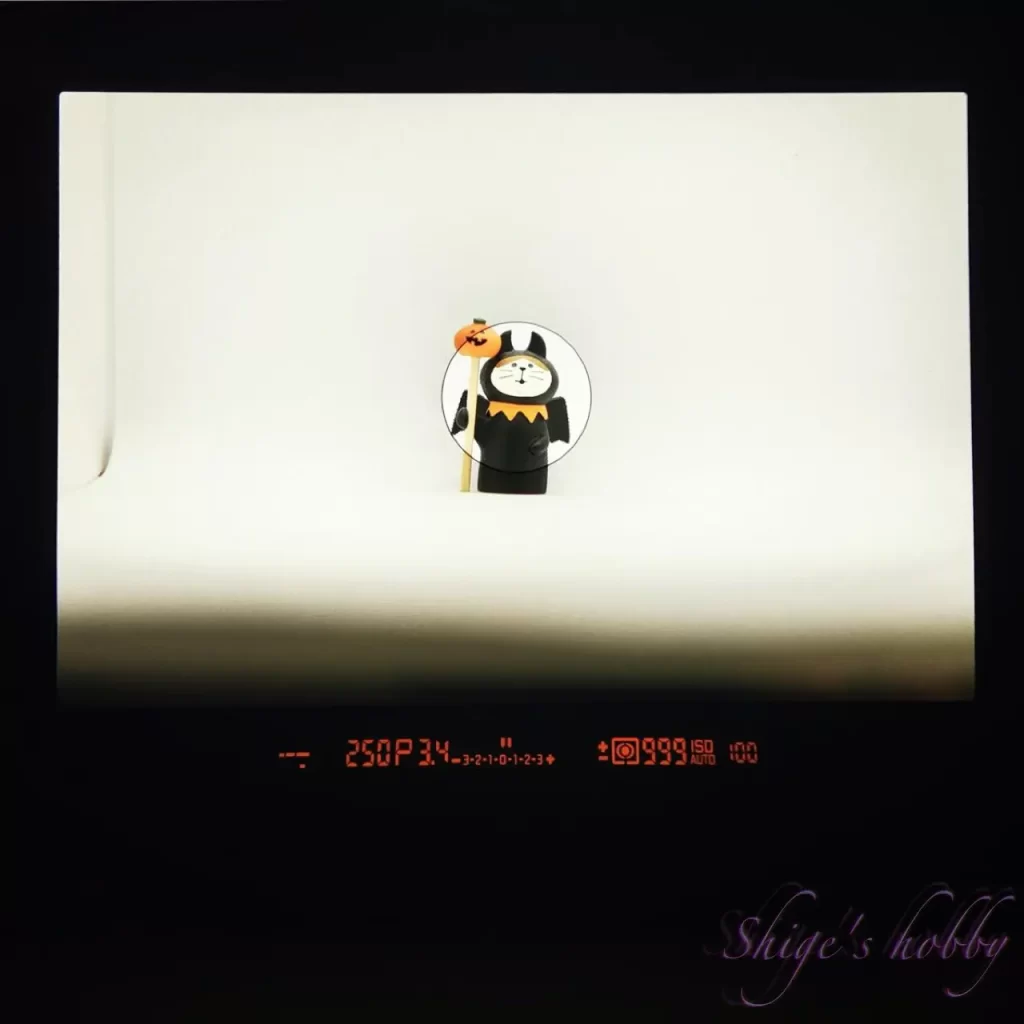
Microprism screen – Focused
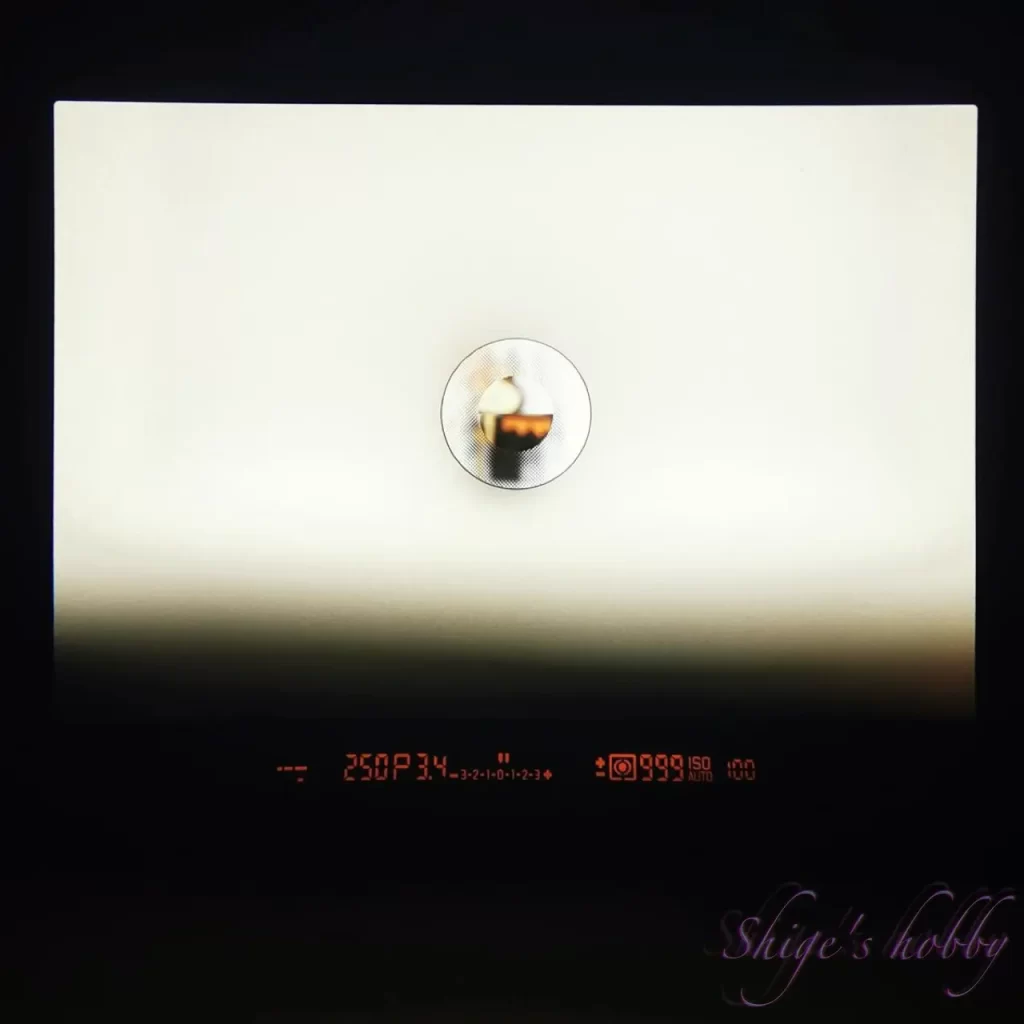
Microprism screen – unfocused
Obtaining a LEICA S Forcing screen
The best thing about SLR cameras is the focusing screen. I like changing it, so I buy a new screen every time I use a different camera. There was a time when Japanese-made SLR screens were cheap, costing around 2,000 yen, but Leica is different.
Leica S screens in particular are expensive, selling for around $400-450 in the US, and at 140 yen to the dollar, that’s over 60,000 yen per screen. When the Leica S was released in Japan, it was sold for about 30,000 yen, but the price was revised to 50,000 yen. Even so, if it was in stock, you could get it for around 40,000 yen with point rewards and discounts. That’s a thing of the past, and as of 2023, with the end of the Leica S, the Leica S screen has been discontinued and the screen itself is no longer on the market.
Leica’s medium-format sensor cameras are expected to become mirrorless, so it seems that the focus screen play will come to an end.
The S Microprism Screen (16001) introduced this time was obtained via the United States. Including shipping, exchange rate differences, and customs duties, the total came to about 80,000 yen in Japanese yen, which made me realize just how weak the yen will be against the dollar in 2023.
I’ve attached the USPS tracking for the package below, and it took 10 days to travel from NY to JAPAN. Since it was airmail, it should have arrived in Japan in a day, so it seems that the time it took to wait for the package to be loaded onto the plane was a problem.
The 16002 came with the LEICA S that I bought second-hand, so it was a good deal. The 16000 came as standard, but since I used it with the 16002, I never used it with the S typ007.
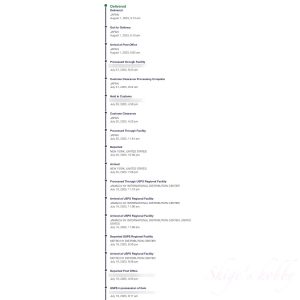
USPS Tracking Results
Short story on Forcing screen
Now that SLR cameras are coming to an end, there is no need to play around with options like this.
With the EVF of a mirrorless camera, you can display anything, such as magnification, grid display, level gauge, focus peak, and partial magnification, depending on the program on the camera, making it easy to do things that would be difficult with an optical viewfinder.
In actual use, the Hasselblad X2D viewfinder is well made. An optical viewfinder has the advantage of allowing you to enjoy the view through the lens, but it is completely inferior to an EVF in terms of convenience, and I think it has already become a hobby tool.
In terms of the visibility of the optical viewfinders of SLR cameras that I have used and modified, Minolta (now Sony) has a high rating. The viewfinder of the film camera α7 had a good balance of viewfinder magnification and brightness and was very easy to see. The viewfinder of the successor digital camera α900 was also quite good.
In contrast, I don’t remember using cameras with viewfinders that were that impressive from the camera giants Nikon and Canon. I have only used Nikon up to the F80 and Canon up to the EOS1 Ds.
The Leica R8’s viewfinder is quite good, probably because it’s a manual focus camera and has Minolta blood in it, and I had almost no problems with focusing accuracy with the large aperture lenses SUMMILUX R 80mm F1.4 and APO SUMMICRON R 90.
The viewfinder of a rangefinder camera is not for viewing the light from the lens but is dedicated to focusing, so I think it is fundamentally different from an SLR and cannot be discussed on the same level.
Related Link
Update history
- 2024.06.05
- 2023.08.04
Affiliate links
- Please see the disclaimer regarding advertising here.
- Italicized links in the text are advertisement links that take you to other sites.
- Leica lens・Ads by Amazon
- Leica digital・Ads by Amazon
- Leica camera body・Ads by Amazon
- Leica accessory・Ads by Amazon
- Leica book・Ads by Amazon


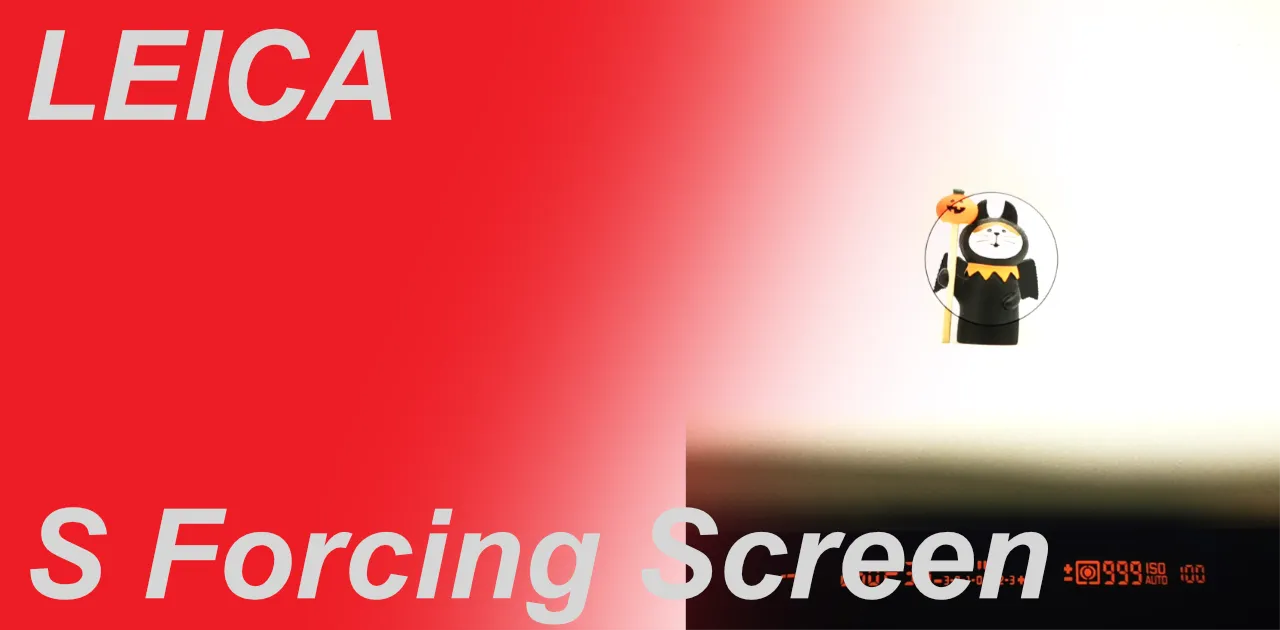
Be First to Comment